Question-------------------------
Followup To
Question -
I have dipped my 2yr old boxer twice with Amitraz with no results. Now I have given her 2cc daily of Ivermectin for for over two weeks. She has 2 spots of mange on either side of her back. One side has begun to grow hair back, but the other side looks worse. The spots don't itch or bother her, just hair loss and darkened skin color. I have decided to discontinue the treatment because she has no energy, I am having trouble getting her to eat, and I'm not really seeing results. Are there any other options for a safe treatment?
I have just about given up. Thanks for your help.
Answer -
Did she have a skin scraping to check for skin mites? And if so, what type of mites were found?
Boxers can have hair loss on the sides that is NOT mange...it is referred to as seasonal flank alopecia...that is what I would guess it is. Mostly cosmetic and will resolve on its own, however, some people will opt to give Melatonin.
No, she did not have skin scapings. I guess he assumed it was mange. Thank you for this information. I have read everything I can find, and have not heard of alopecia. I HOPE you are right. I guess I should have skin scapings done, to be sure. Do you have any idea how long it will take for alopecia (if that's what it is) to subside? Thank you so much.
AnswerUsually once the season changes, the hair will grow back. If you do an internet search of seasonal flank alopecia in Boxers you will come up with a lot of hits (below is one). Certainly, you should rule out other skin conditions such as underactive thyroid, however, with her only being 2 years old it is very unlikely that she has any serious underlying medical problems.
What is Seasonal Flank
Alopecia?
"Alopecia" refers to hair
loss. Dogs with this
condition exhibit hair loss
on the flanks (sides) that
occurs during part of the year and is
followed by complete hair regrowth
during another part of the season.
Some dogs lose hair in the fall and
regrow it in the spring, while others
do the reverse. The condition has
been seen in many breeds, but is
most common in Boxers, Bulllldogs,
and Airedale terriers.
The areas in which hair is lost are
typically both sides of the flanks,
and tend to be symmetrical. The
affected skin is often quite dark
while the hair loss persists. The hair,
when it regrows, may be normal or
of a slightly different color. The hair
loss tends to recur in subsequent
years, but some dogs show only one
episode. In some dogs, the hair does
not regrow.
How is it diagnosed?
The diagnosis of seasonal flank
alopecia is most often made on the
basis of the distinctive clinical signs
and skin biopsy findings. If the
findings are not distinctive, it is
important to rule out other diseases
that can cause similar patterns of
hair loss, such as hypothyroidism
and Cushing's disease.
How is it treated?
Seasonal flank alopecia does not
always need to be treated, since
the hair often regrows
spontaneously. To accelerate hair
regrowth, however, injectable
melatonin has been found to be
effective. Oral melatonin is more
frequently used. Melatonin is a
hormone whose production in
closely tied with photoperiod.

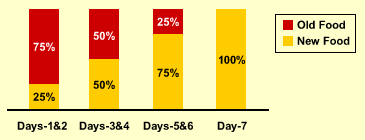 Digestive problems and Dental care
QuestionQUESTION: Hi,
I have a 1 year pekingese who i b
Digestive problems and Dental care
QuestionQUESTION: Hi,
I have a 1 year pekingese who i b
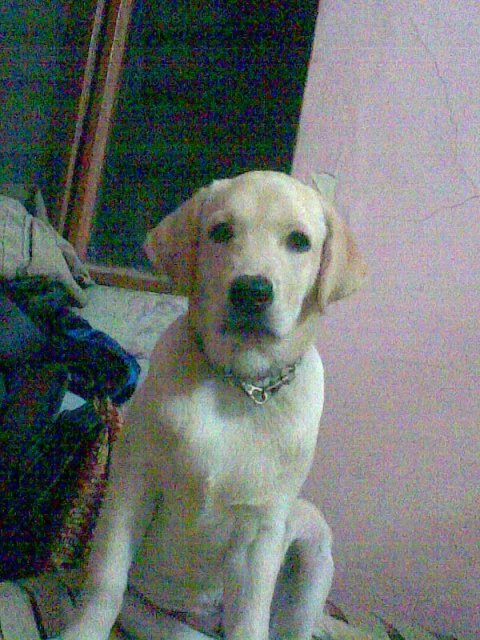 LABRADOR HEIGHT
Question
TOBO
MY LABRADOR IS NOW 5 MONTHS OLD....
HIS H
LABRADOR HEIGHT
Question
TOBO
MY LABRADOR IS NOW 5 MONTHS OLD....
HIS H
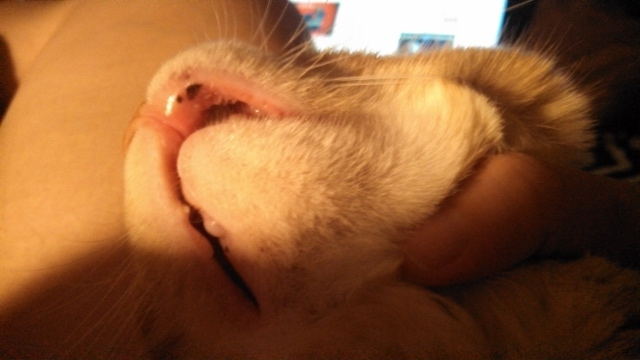 sore on lip
Question
lilly lip
Hello, Im writing to ask abou
sore on lip
Question
lilly lip
Hello, Im writing to ask abou
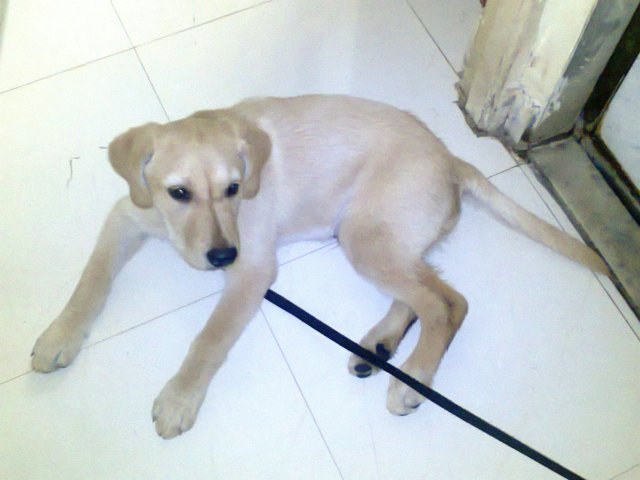 Dog daily Exercise
Question
Dollar male lab
Question : Shown below
Dog daily Exercise
Question
Dollar male lab
Question : Shown below
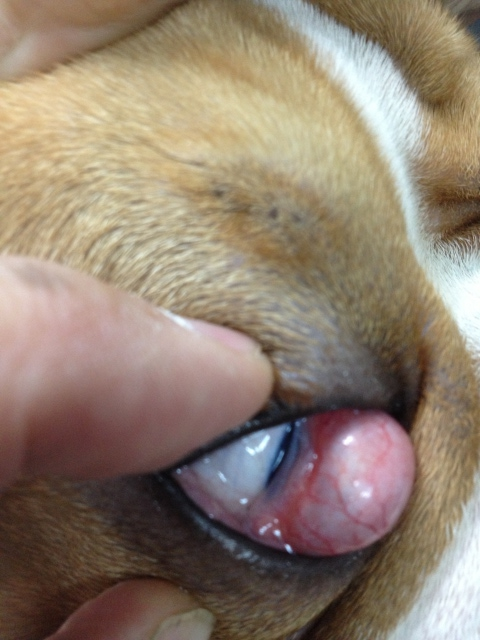 cherry eye
Question
Dog eye Dog eye
My 5 months old F
cherry eye
Question
Dog eye Dog eye
My 5 months old F